Home>Maintenance & Safety>Child & Elderly Safety at Home>How Long Do You Use A High Chair?


Child & Elderly Safety at Home
How Long Do You Use A High Chair?
Published: February 16, 2024
Discover the ideal duration for using a high chair and ensure child and elderly safety at home. Learn expert tips and guidelines for a secure and comfortable environment.
(Many of the links in this article redirect to a specific reviewed product. Your purchase of these products through affiliate links helps to generate commission for Storables.com, at no extra cost. Learn more)
Introduction
Ensuring the safety of children and the elderly within the home is a top priority for families. One crucial aspect of this is creating a secure environment during meal times. High chairs play a pivotal role in providing a safe and comfortable space for young children to enjoy their meals. Understanding the appropriate duration for using a high chair and recognizing the signs that indicate a transition to a regular chair is essential for promoting the well-being of children.
In this comprehensive guide, we will delve into the intricacies of high chair usage, exploring when to start using a high chair, how long to utilize it, and the signs that indicate a child is ready to transition to a regular chair. Additionally, we will provide valuable tips for a smooth and successful transition, ensuring the safety and comfort of your child during meal times.
By gaining insight into these aspects, parents and caregivers can make informed decisions that prioritize the safety and well-being of their children. Let's embark on this journey to understand the optimal usage of high chairs and the seamless transition to regular chairs, fostering a secure and enjoyable dining experience for the little ones in our lives.
Key Takeaways:
- Kids can start using a high chair around 6 months when they can sit up on their own. It helps them eat comfortably, promotes good posture, and encourages social interaction during meal times.
- Children usually use a high chair until around 3 years old. Signs they’re ready to switch to a regular chair include improved motor skills, desire for independence, and physical growth.
Read more: What Age Do You Need A High Chair?
When to Start Using a High Chair
Introducing a high chair into a child's mealtime routine is a significant milestone that aligns with their developmental journey. Typically, the ideal time to start using a high chair is when the infant can sit up independently and support their own head. This crucial developmental stage usually occurs around the age of 6 months. At this point, the child has developed sufficient neck and core strength to sit upright, enabling them to engage in meal times comfortably and safely.
Moreover, as babies begin to explore solid foods and transition from exclusive milk or formula diets, the introduction of a high chair becomes increasingly beneficial. The secure seating provided by a high chair offers a stable and controlled environment for the child to experience new tastes and textures, fostering a positive relationship with food from an early age.
Furthermore, the use of a high chair promotes proper posture during meals, which is essential for the child's physical development. Sitting in an upright position encourages good eating habits and aids in the digestion process, contributing to the overall well-being of the child.
In addition to the physical aspects, the introduction of a high chair also serves as a pivotal moment for social and emotional development. By joining the family at the dining table, the child becomes an active participant in meal times, fostering a sense of inclusion and togetherness. This not only nurtures the child's social skills but also creates valuable bonding opportunities within the family unit.
In essence, the decision to start using a high chair marks an exciting phase in the child's growth and development. By recognizing the physical, emotional, and social benefits it offers, parents and caregivers can ensure that the child's transition to the high chair aligns with their developmental readiness, setting the stage for enjoyable and secure meal times.
How Long to Use a High Chair
The duration for which a child should use a high chair is a topic that often sparks curiosity among parents and caregivers. While there isn't a one-size-fits-all answer, several factors come into play when determining the optimal period for high chair usage.
Typically, children benefit from using a high chair from around 6 months of age until they reach approximately 3 years old. This timeframe aligns with the child's developmental milestones and their growing independence during meal times. As infants transition into toddlers, their physical capabilities and eating habits evolve, influencing the duration for which a high chair remains suitable.
During the initial stages of high chair usage, infants rely on the secure seating and harness system to maintain an upright position and safely engage in meal times. As they progress into the toddler stage, their motor skills and coordination improve, allowing them to sit on regular chairs with minimal support. This transition signifies a natural progression towards independence and marks a pivotal point in the child's development.
Furthermore, the decision to discontinue high chair usage is often influenced by the child's comfort and safety. As toddlers become more active and curious, they may outgrow the confines of a high chair, seeking more freedom and mobility during meals. At this stage, transitioning to a regular chair enables them to explore their burgeoning independence while still maintaining a secure dining environment.
Additionally, the child's physical growth and size play a significant role in determining the duration of high chair usage. As toddlers undergo rapid growth spurts, their stature and body proportions change, impacting their comfort and suitability in a high chair. Transitioning to a regular chair that aligns with their size and stature ensures that they can comfortably and safely participate in meal times.
Ultimately, the duration for using a high chair is a dynamic and individualized aspect of a child's development. By observing the child's readiness for independence, their physical growth, and their comfort and safety during meal times, parents and caregivers can make informed decisions regarding the transition from a high chair to a regular chair, promoting a seamless and secure dining experience for the child.
Signs Your Child is Ready to Transition from a High Chair
As children progress through their developmental journey, certain signs emerge, indicating their readiness to transition from a high chair to a regular chair. Recognizing these cues empowers parents and caregivers to facilitate a smooth and timely transition, ensuring the child's comfort and safety during meal times.
Physical Capability
One of the primary indicators that a child is ready to transition from a high chair is their physical capability to sit independently on a regular chair. As toddlers develop enhanced motor skills and coordination, they demonstrate the ability to maintain a stable and upright sitting position without the need for the secure confines of a high chair. Observing the child's capacity to sit comfortably and securely on a regular chair signifies their readiness for this transition.
Read more: Why Do You Need A Footrest For High Chair?
Improved Motor Skills
The refinement of motor skills, including the ability to grasp utensils and self-feed, serves as a significant sign that a child is prepared to transition from a high chair. As toddlers exhibit increased dexterity and coordination in handling utensils and engaging in self-feeding, they display a level of independence that aligns with transitioning to a regular chair. This progression reflects their growing autonomy and capability during meal times, signaling their readiness for a new dining setup.
Desire for Independence
Toddlers often express a burgeoning desire for independence and autonomy, especially during meal times. When a child actively seeks to climb into a regular chair or expresses a preference for sitting with the family at the dining table, it signifies their readiness to transition from a high chair. This desire for inclusion and independence reflects the child's evolving social and emotional development, highlighting their readiness to participate in meal times from a regular chair.
Comfort and Engagement
Observing the child's comfort and engagement during meal times provides valuable insights into their readiness for transitioning from a high chair. As toddlers exhibit a preference for sitting in a regular chair and display sustained focus and participation during meals, it indicates their comfort and readiness for this transition. Their ability to remain attentive and engaged in the dining experience from a regular chair underscores their preparedness for this developmental milestone.
Physical Growth
The child's physical growth and size play a crucial role in determining their readiness to transition from a high chair. As toddlers undergo rapid growth spurts, their stature and body proportions evolve, impacting their comfort and suitability in a high chair. Observing whether the child has outgrown the high chair in terms of size and physical comfort provides essential cues for initiating the transition to a regular chair.
By recognizing these signs and cues, parents and caregivers can effectively gauge the child's readiness to transition from a high chair to a regular chair, ensuring a seamless and secure dining experience that aligns with the child's developmental milestones.
Tips for Transitioning from a High Chair to a Regular Chair
Transitioning from a high chair to a regular chair marks a significant milestone in a child's development, signifying their growing independence and readiness for new experiences during meal times. To ensure a smooth and successful transition, parents and caregivers can implement the following tips:
1. Gradual Introduction:
Introduce the regular chair gradually during meal times, allowing the child to become familiar with the new seating arrangement. Initially, incorporate short periods of sitting in the regular chair alongside the high chair to ease the transition process.
2. Encouragement and Positive Reinforcement:
Encourage the child to sit in the regular chair by offering positive reinforcement and praise. Acknowledge their efforts and participation during meal times, fostering a sense of accomplishment and confidence in their new dining setup.
3. Family Involvement:
Emphasize the importance of family involvement during meals. Sit together as a family at the dining table, creating a supportive and inclusive environment that motivates the child to embrace the regular chair as a natural part of the dining experience.
4. Child-Friendly Seating:
Ensure that the regular chair is child-friendly and safe. Opt for a chair that provides adequate support and comfort, with appropriate height and stability to accommodate the child's size and stature. This promotes a secure and comfortable transition from the high chair.
5. Establish Routine:
Establish a consistent mealtime routine that incorporates the regular chair. By integrating the regular chair into the child's daily mealtime schedule, they become accustomed to the new seating arrangement, fostering a sense of familiarity and predictability.
6. Patience and Support:
Approach the transition with patience and support, understanding that it may take time for the child to adjust to the regular chair. Offer reassurance and support as they navigate this change, creating a nurturing environment that promotes a positive transition experience.
7. Empower Independence:
Encourage the child to take an active role in transitioning to the regular chair. Allow them to participate in the process, such as pulling out the chair or arranging their utensils, fostering a sense of independence and ownership in their new dining setup.
Read more: When Do Babies Need A High Chair
8. Role Modeling:
Set a positive example by demonstrating the use of regular chairs during family meals. Children often emulate the behavior of adults, and observing family members comfortably seated in regular chairs can inspire the child to embrace this transition with confidence.
9. Flexibility and Adaptability:
Remain flexible and adaptable during the transition process. Be open to adjusting the seating arrangement or mealtime dynamics based on the child's comfort and progress, ensuring that the transition unfolds at a pace that aligns with their readiness.
By implementing these tips, parents and caregivers can facilitate a seamless and positive transition from a high chair to a regular chair, nurturing the child's independence and comfort during meal times. This approach fosters a supportive and inclusive dining environment, promoting the child's well-being and developmental growth as they embrace this new phase in their mealtime routine.
Frequently Asked Questions about How Long Do You Use A High Chair?
Was this page helpful?
At Storables.com, we guarantee accurate and reliable information. Our content, validated by Expert Board Contributors, is crafted following stringent Editorial Policies. We're committed to providing you with well-researched, expert-backed insights for all your informational needs.
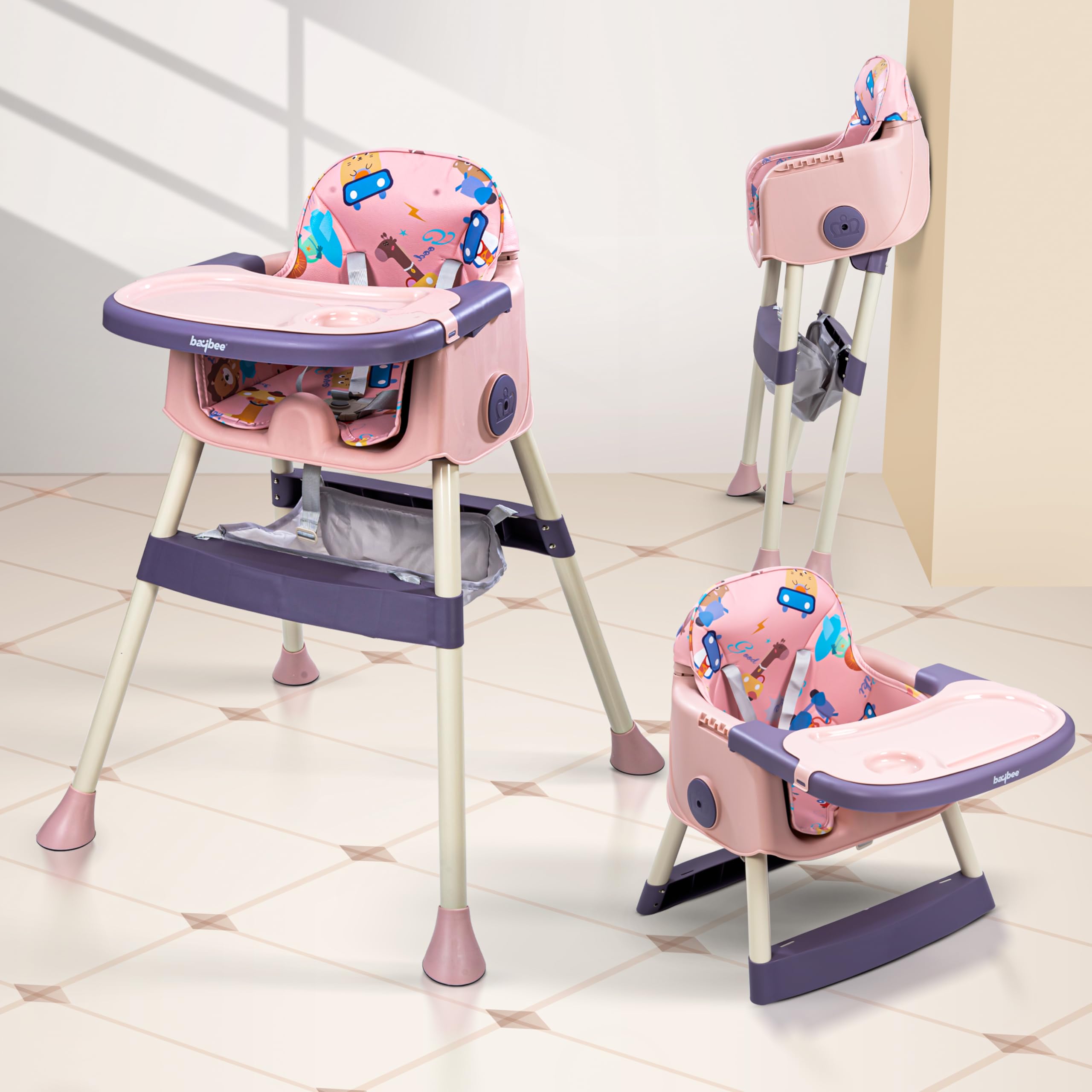



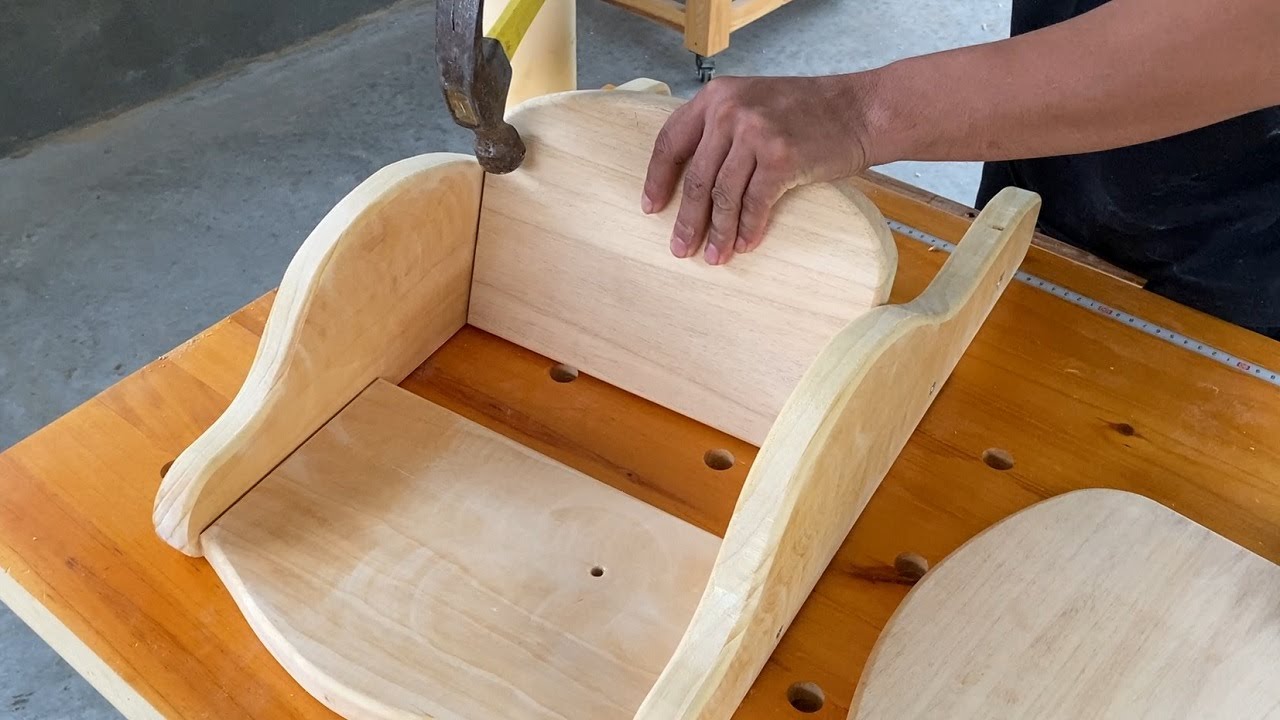
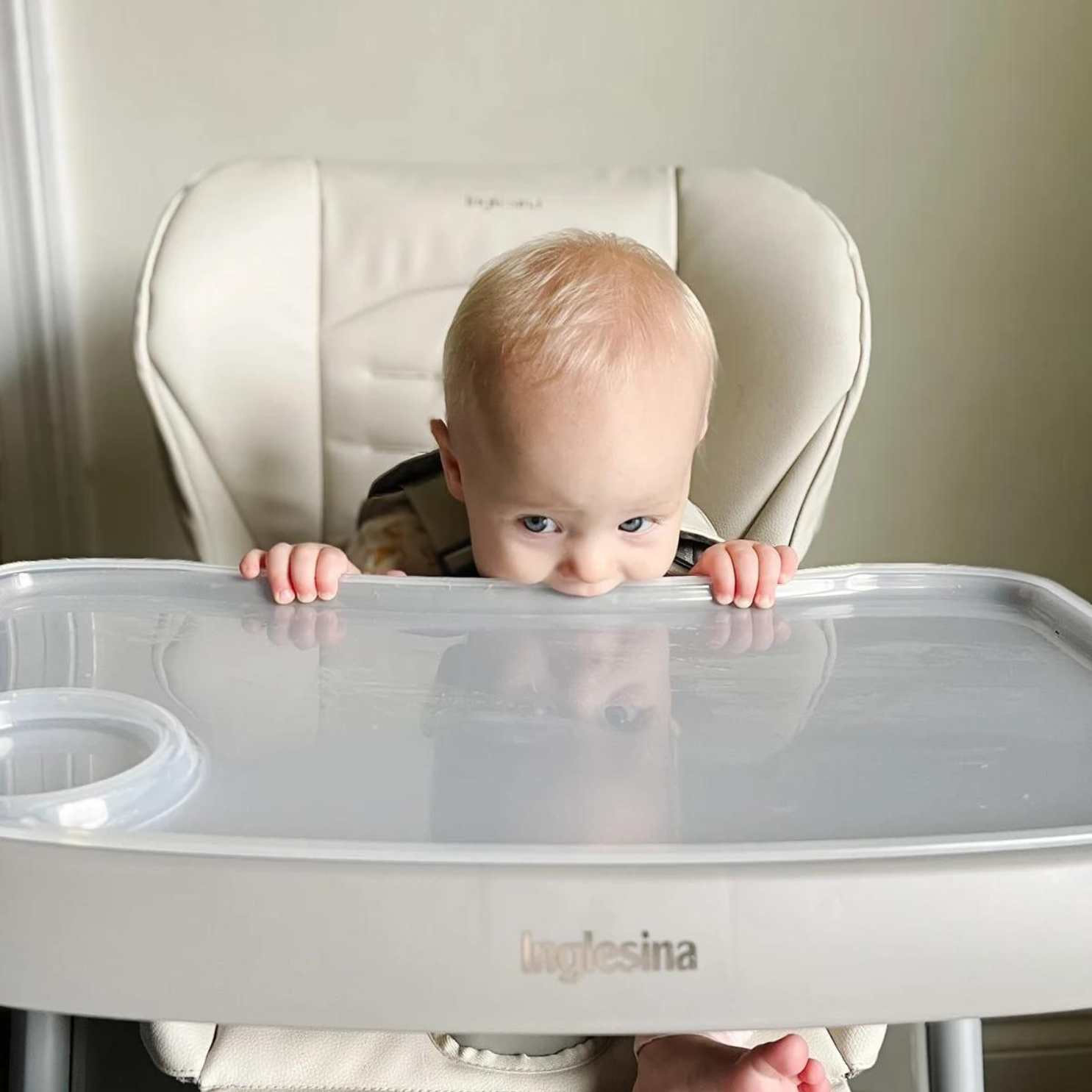
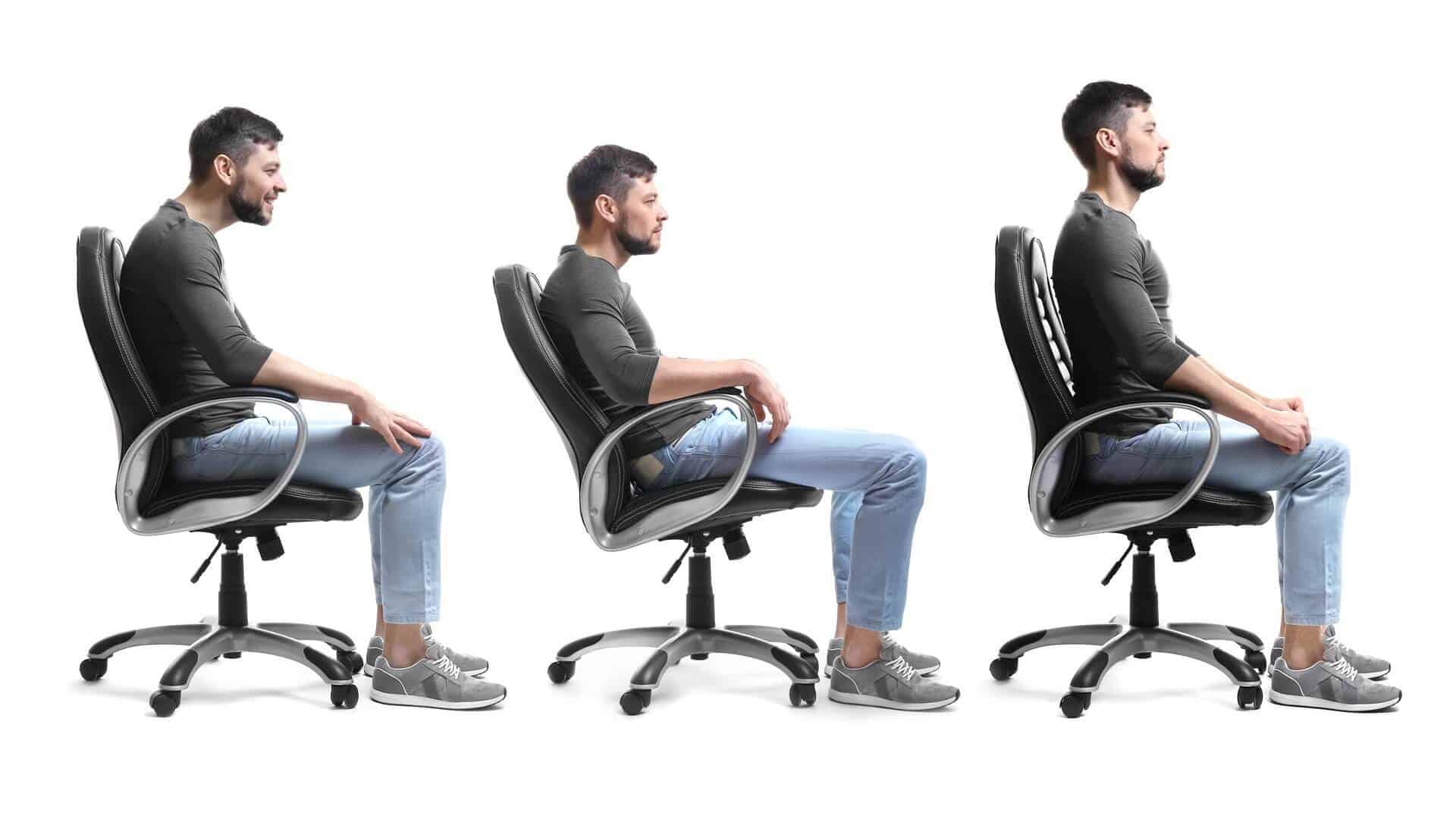
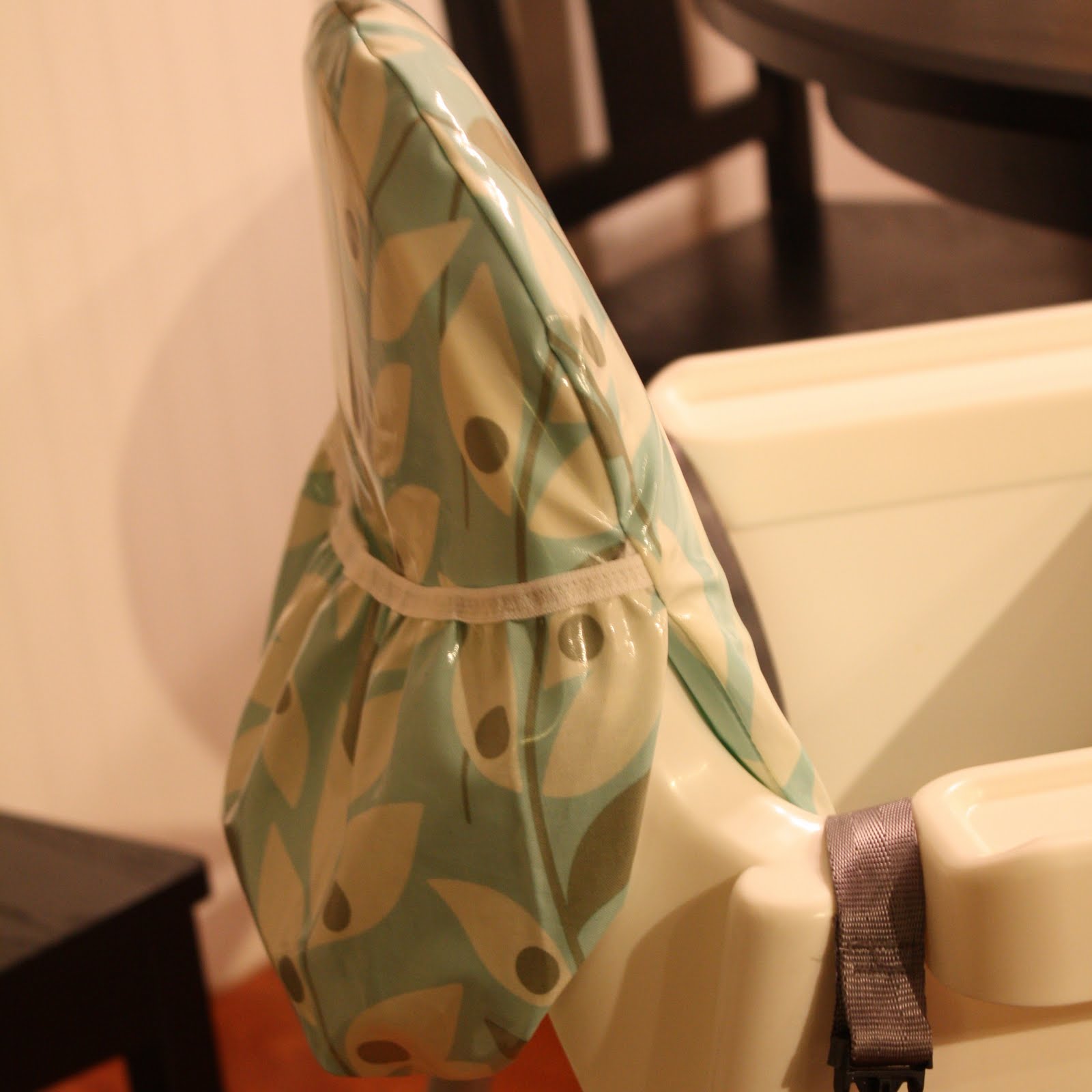
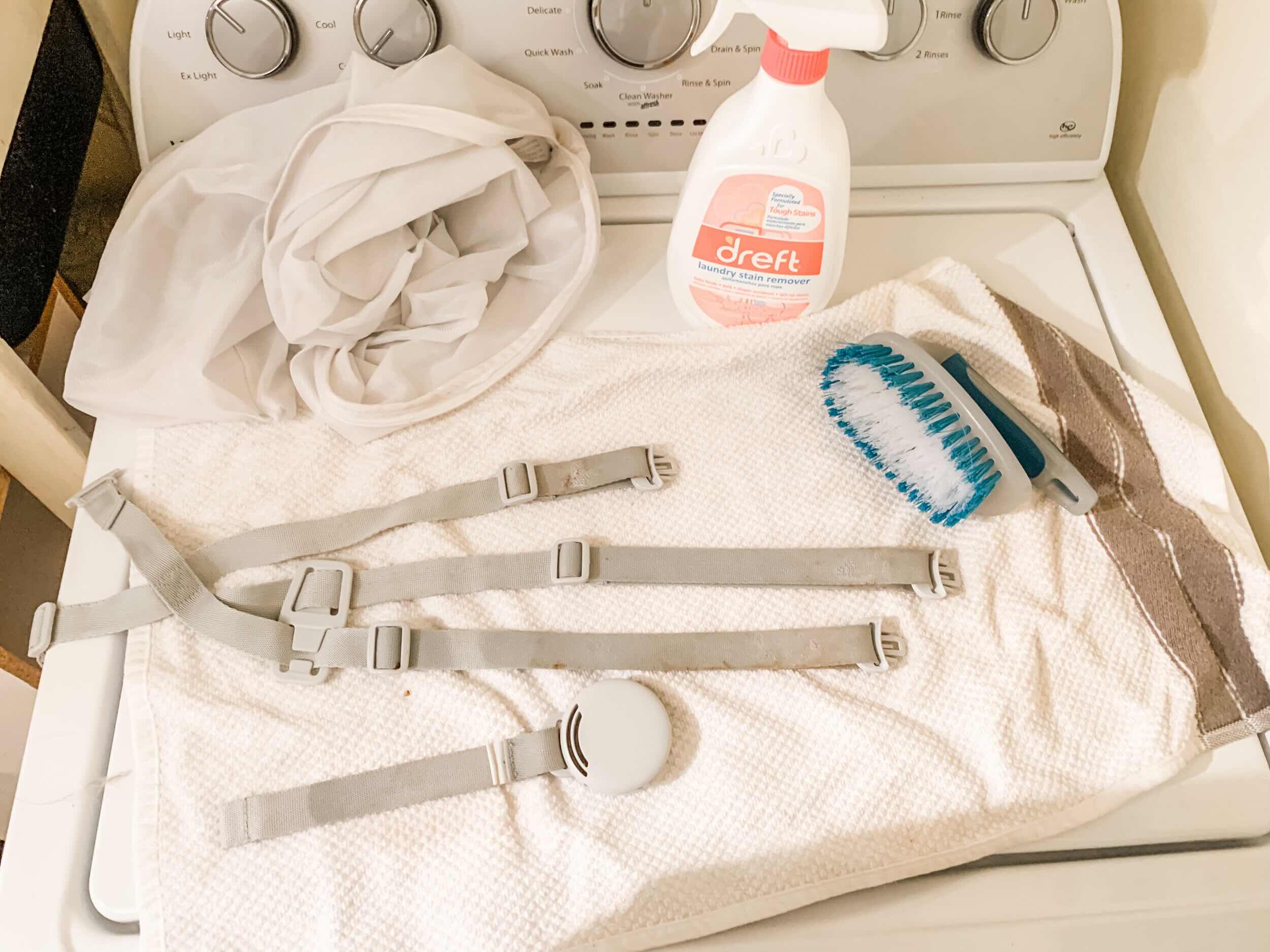
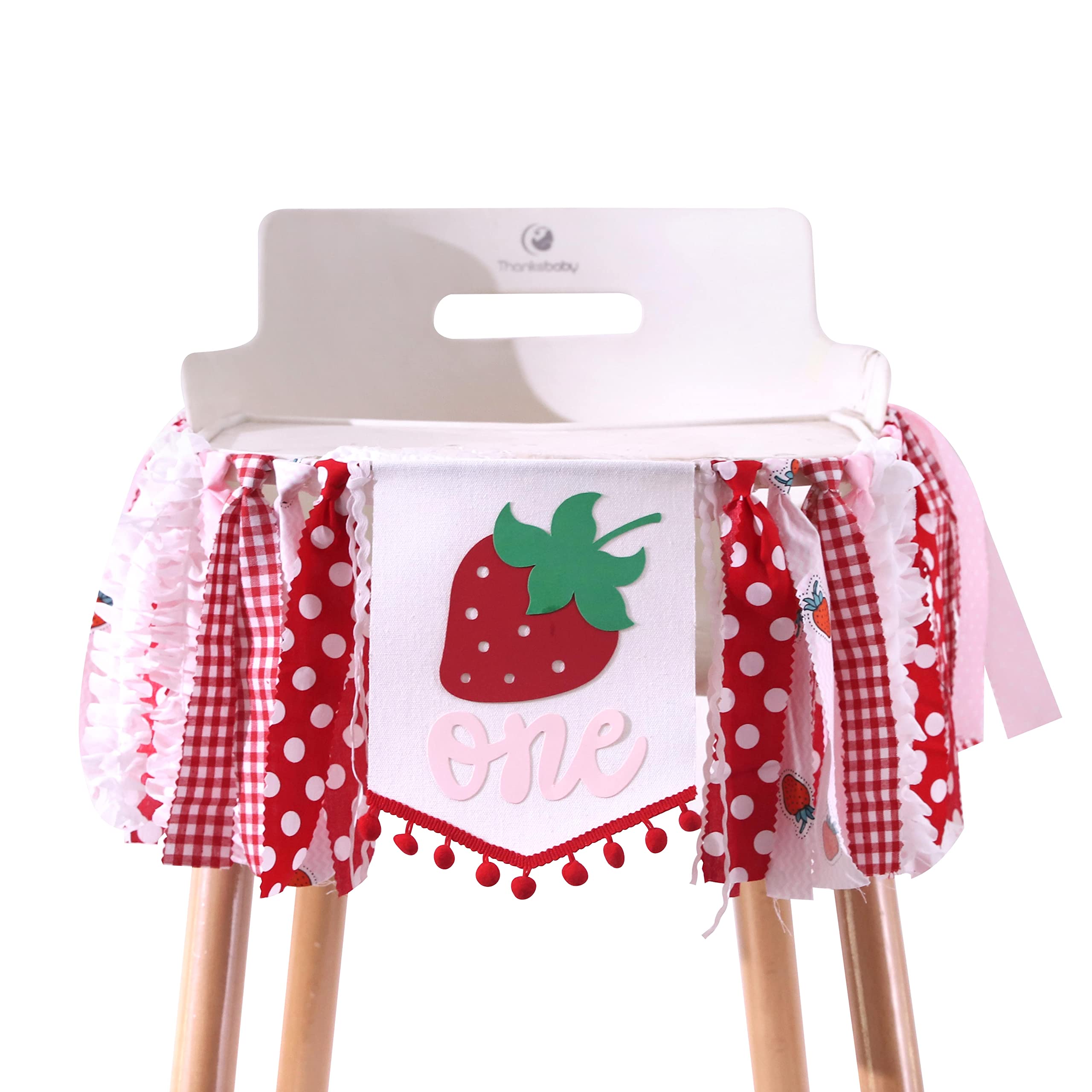
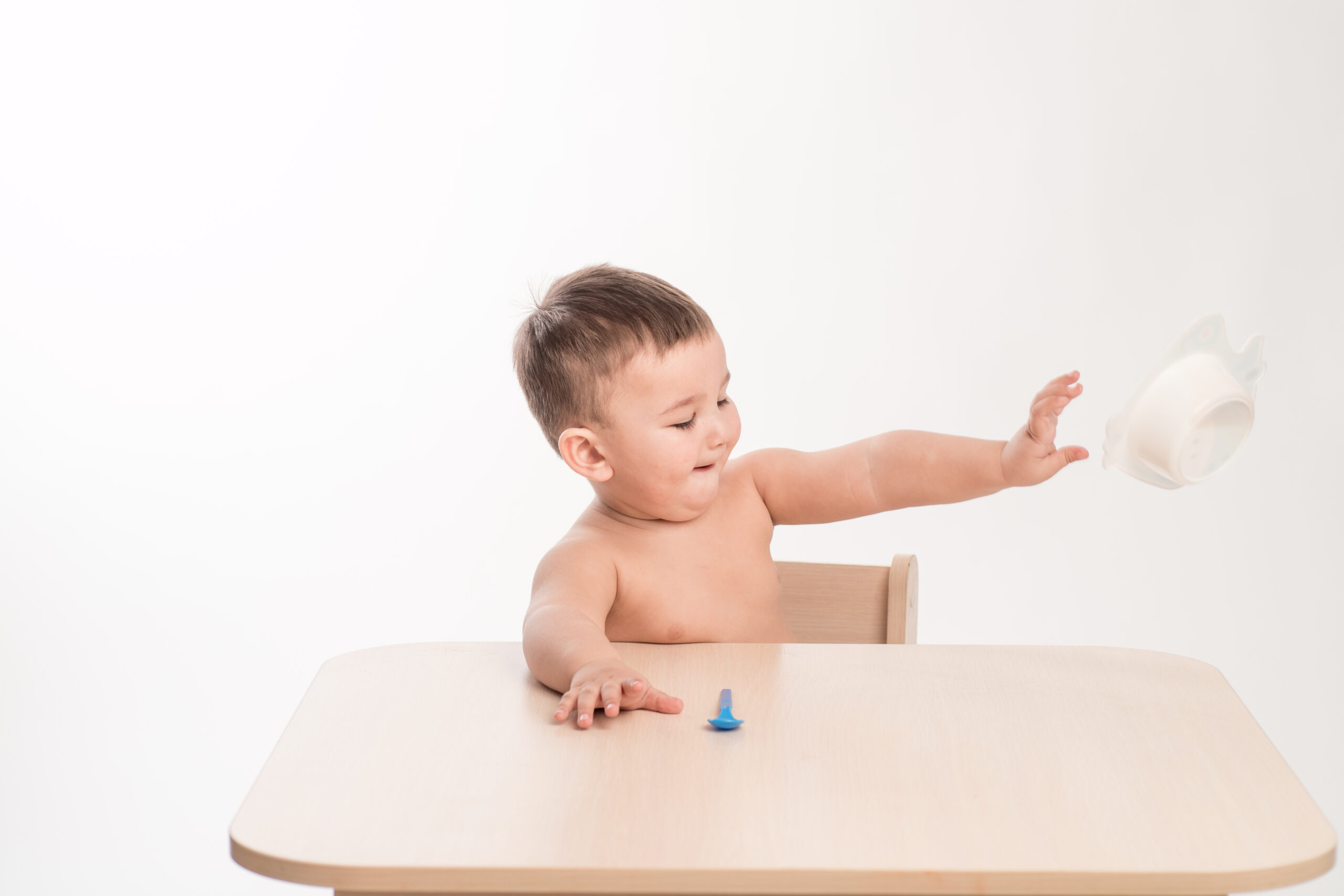

0 thoughts on “How Long Do You Use A High Chair?”